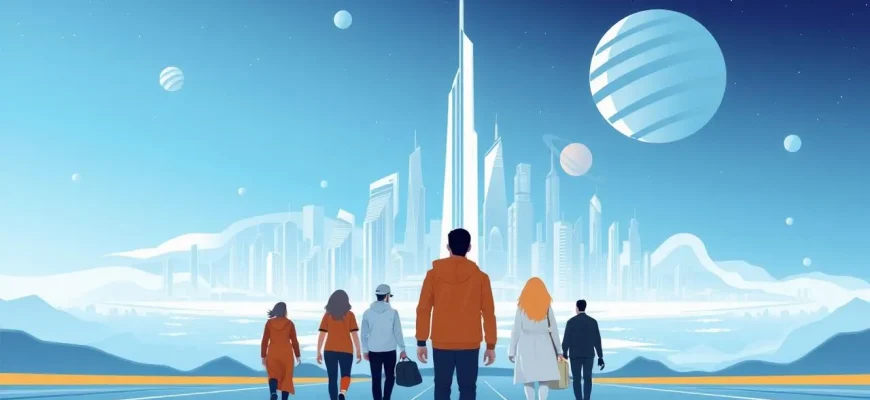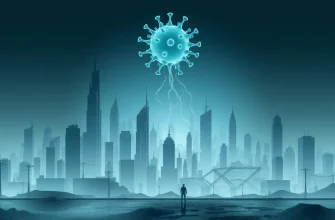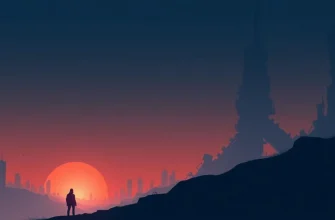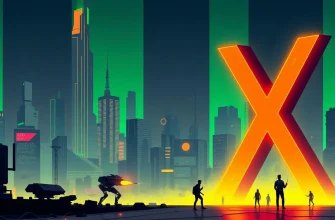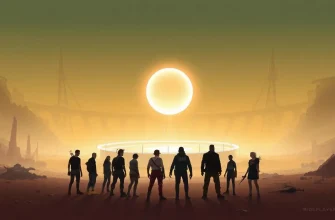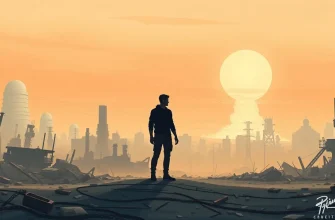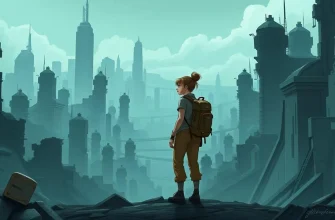Embark on a journey through the cosmos with this curated selection of sci-fi films that explore new worlds, alien civilizations, and futuristic societies. Each film in this list not only entertains but also challenges our perceptions of what could be, offering a glimpse into possible futures where humanity might find itself. Whether it's through dystopian landscapes, utopian societies, or the vast expanse of space, these movies provide a thrilling escape and a thought-provoking look at the potential evolution of our world.
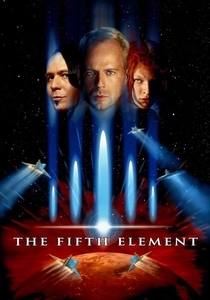
The Fifth Element (1997)
Description: Set in the 23rd century, this film follows a cab driver who becomes involved in a quest to save the world from an evil force, encountering a mysterious woman who is the key to humanity's survival.
Fact: The film's futuristic cityscape was inspired by the work of French artist Jean Giraud (Moebius).
 Watch Now
Watch Now 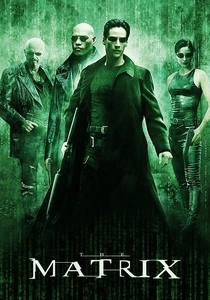
The Matrix (1999)
Description: This film introduces us to a world where reality is an illusion, controlled by sentient machines, and humans are trapped in a simulated reality known as the Matrix.
Fact: The Wachowskis developed the concept of "bullet time" for this film, which has since become a staple in action cinema.
 Watch Now
Watch Now 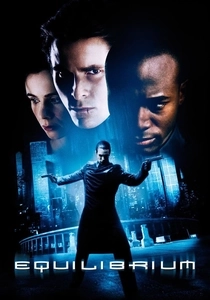
Equilibrium (2002)
Description: In a future where all forms of emotion are outlawed, a law enforcement officer begins to question his reality after missing a dose of the emotion-suppressing drug.
Fact: The film's concept of "Gun Kata" was developed specifically for the movie, combining martial arts with gunplay.
 Watch Now
Watch Now 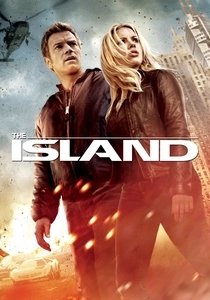
The Island (2005)
Description: In a seemingly utopian facility, residents are told they are survivors of a global contamination, but the truth is far more sinister, involving cloning and organ harvesting.
Fact: The film's concept was inspired by real-life ethical debates about cloning and the commodification of human life.
 Watch Now
Watch Now Avatar (2009)
Description: "Avatar" transports us to Pandora, a lush alien world inhabited by the Na'vi, where a human soldier embarks on an exploration mission that turns into a battle for survival and a quest for belonging.
Fact: The film was the first to be released in 3D that became the highest-grossing film of all time, and it took over four years to create the CGI world of Pandora.
 Watch Now
Watch Now 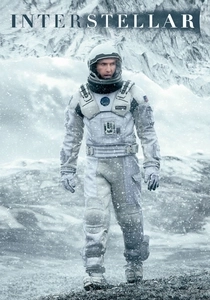
Interstellar (2014)
Description: A team of astronauts travel through a wormhole near Saturn in search of a new home for humanity, encountering the wonders and perils of space-time anomalies.
Fact: The film's scientific accuracy was overseen by physicist Kip Thorne, who also co-wrote the story.
 Watch Now
Watch Now 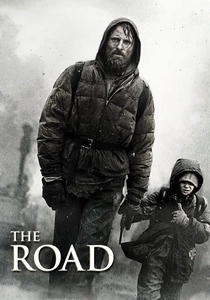
The Road (2009)
Description: A father and his son walk alone through a post-apocalyptic world, where they must survive against all odds, exploring themes of love, survival, and the human spirit.
Fact: The film was shot in locations that were chosen for their bleak, desolate landscapes, enhancing the film's atmosphere.
 Watch Now
Watch Now 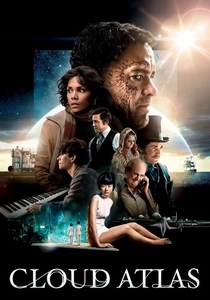
Cloud Atlas (2012)
Description: This epic spans multiple timelines, weaving stories from the past, present, and future, where characters' actions ripple through time, affecting the fate of humanity.
Fact: The film required actors to play multiple roles across different eras, showcasing their versatility.
 Watch Now
Watch Now 
Elysium (2013)
Description: In a future where the wealthy live on a luxurious space station called Elysium, a man from Earth's overpopulated slums undertakes a mission to bring equality to the human race.
Fact: The film's director, Neill Blomkamp, was inspired by his own experiences growing up in South Africa.
 Watch Now
Watch Now 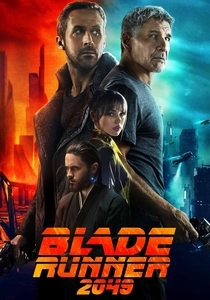
Blade Runner 2049 (2017)
Description: A sequel to the original "Blade Runner," this film delves deeper into a dystopian future where synthetic humans, or replicants, are almost indistinguishable from humans, exploring themes of identity and humanity.
Fact: The film's production design was so detailed that it included creating an entire cityscape, which was then used for filming.
 Watch Now
Watch Now 
